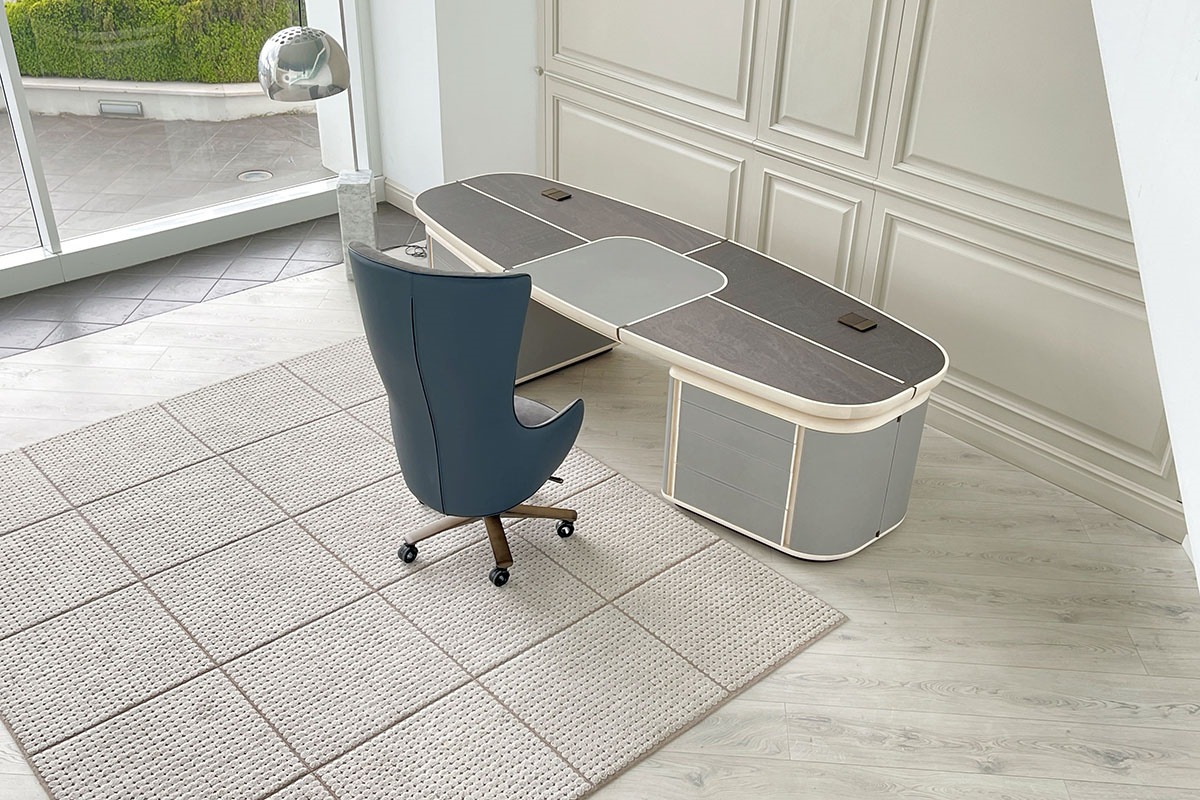In a world where visuals speak louder than words, the ability to translate images — not just text — has become a game-changing asset. From travelers navigating street signs in São Paulo to e-commerce entrepreneurs decoding product packaging in foreign markets, the need is clear: we require intelligent tools that understand and translate visual content with precision.

Enter Lufe AI — a rising star in the AI space, recognized for its cutting-edge capabilities in AI image translation. But is it just another translator in a crowded tech landscape? Far from it.
In this review, we explore how Lufe AI is redefining the way we interact with visual languages, with a particular focus on the real-world utility of translating from Brazilian Portuguese to English and beyond.
 The Rise of AI Image Translators: Why It Matters
The Rise of AI Image Translators: Why It Matters
The traditional world of translation tools is primarily built around text input — you copy, paste, and convert. But what if your content is embedded in an image? Think of:
- Product labels
- Infographics
- Menus
- Road signs
- Instruction manuals
- Social media graphics
This is where the concept of an AI image translator shines. By combining optical character recognition (OCR) with intelligent language processing, tools like Lufe AI can extract text from images and provide instant, accurate translations — all within a few seconds.
 What Makes Lufe AI Different?
What Makes Lufe AI Different?
Let’s break down the core pillars that make Lufe AI a standout in the field:
1. Image-to-Text Recognition + Translation in One Flow
Unlike many platforms that separate OCR and translation into two steps, Lufe AI merges them seamlessly. Simply upload your image — a screenshot, label, street sign — and receive a translated result in seconds.
2. Specialized in Real-World Language Contexts
Translating from Brazilian Portuguese to English (and vice versa) is notoriously tricky due to regional expressions, slang, and idiomatic nuance. Lufe AI has been praised for its natural translation tone and contextual understanding — it doesn’t just convert words; it captures meaning.
3. No App Needed, No Fuss
Everything runs in the browser. Users don’t need to download an app or sign up — perfect for travelers or professionals working on the go.
4. Supports a Wide Range of File Types
From JPG and PNG to PDF screenshots, Lufe AI handles a wide spectrum of image formats, making it adaptable for many industries.
 Real-Life Scenarios: Where Lufe AI Shines
Real-Life Scenarios: Where Lufe AI Shines
To bring its power to life, let’s look at how Lufe AI’s AI image translator is being used across the globe.
 Travel and Tourism: Brazil to English in Seconds
Travel and Tourism: Brazil to English in Seconds
A tourist in Rio might snap a picture of a Portuguese-only museum plaque. With Lufe AI, they can get an English translation instantly — no need for typing or guessing. The Brazil to English feature helps tourists decode everything from bus signs to menus without language anxiety.

 Cross-Border E-commerce
Cross-Border E-commerce
Brazilian sellers listing products internationally — or Amazon FBA businesses sourcing from Brazil — use Lufe AI to translate labels, ingredient lists, and packaging instructions. This ensures clarity and compliance for English-speaking markets.
 Academic Research and Archival Work
Academic Research and Archival Work
Researchers studying foreign documents often rely on image-based content. With Lufe AI, scanning and translating images from Portuguese-language textbooks or old records becomes a breeze.
 Social Media & Meme Culture
Social Media & Meme Culture
Meme pages and social accounts often share screenshots or text-based images in various languages. Content creators now use Lufe AI to translate viral Brazilian memes into English, allowing content to cross cultural and linguistic borders more freely.
 UX Review: A Few Clicks, A Lot of Power
UX Review: A Few Clicks, A Lot of Power
Here’s a quick walkthrough of how Lufe AI works from a user’s point of view:
- Visit the Site: No downloads, just head to Lufe AI
- Upload an Image: Drop any image with text — signs, scanned forms, screenshots.
- Select Source and Target Language: For example, choose “Brazilian Portuguese to English”
- Click Translate: Instantly, the image is processed, the text extracted, and the translation displayed.
- Copy, Share, or Save: Export your translation or share it with a team.
This streamlined experience — from upload to translation — is what sets Lufe AI apart from clunkier multi-step alternatives.
 Tech Comparison: Lufe AI vs Competitors
Tech Comparison: Lufe AI vs Competitors
| Feature | Lufe AI | Google Translate | Adobe OCR + Translate | DeepL |
| Image OCR + Translate |  Unified Unified |  Separate steps Separate steps |  But slow But slow |  No image support No image support |
| Brazil to English Nuance |     ☆ ☆ |   ☆☆☆ ☆☆☆ |   ☆☆☆ ☆☆☆ |     ☆ ☆ |
| UI Simplicity |      |   ☆☆☆ ☆☆☆ |    ☆☆ ☆☆ |    ☆☆ ☆☆ |
| File Format Support |     ☆ ☆ |    ☆☆ ☆☆ |     ☆ ☆ |  Not supported Not supported |
| Mobile/Web Ready |  |  |  Desktop-heavy Desktop-heavy |  No image translation No image translation |
Lufe AI wins on ease-of-use and integration, especially for users who need quick, accurate, and visual-friendly translations.
 A Tool for the Visual Era
A Tool for the Visual Era
In a world where images are the new language, tools like Lufe AI help us interpret the global visual landscape.
It’s more than just a translator — it’s a lens through which you can view and understand other cultures, right from your screen.

With increasing support for niche language pairs, particularly Brazil to English, Lufe AI is becoming an essential tool for:
- Digital nomads
- Freelancers
- E-commerce sellers
- Translators and researchers
- Globally curious minds
 Final Verdict: A Must-Have for Visual Translators
Final Verdict: A Must-Have for Visual Translators
If you regularly interact with visual content in foreign languages, especially Brazilian Portuguese, you’re going to love Lufe AI. It removes the friction between text extraction and translation and does so with accuracy, speed, and clarity.




















